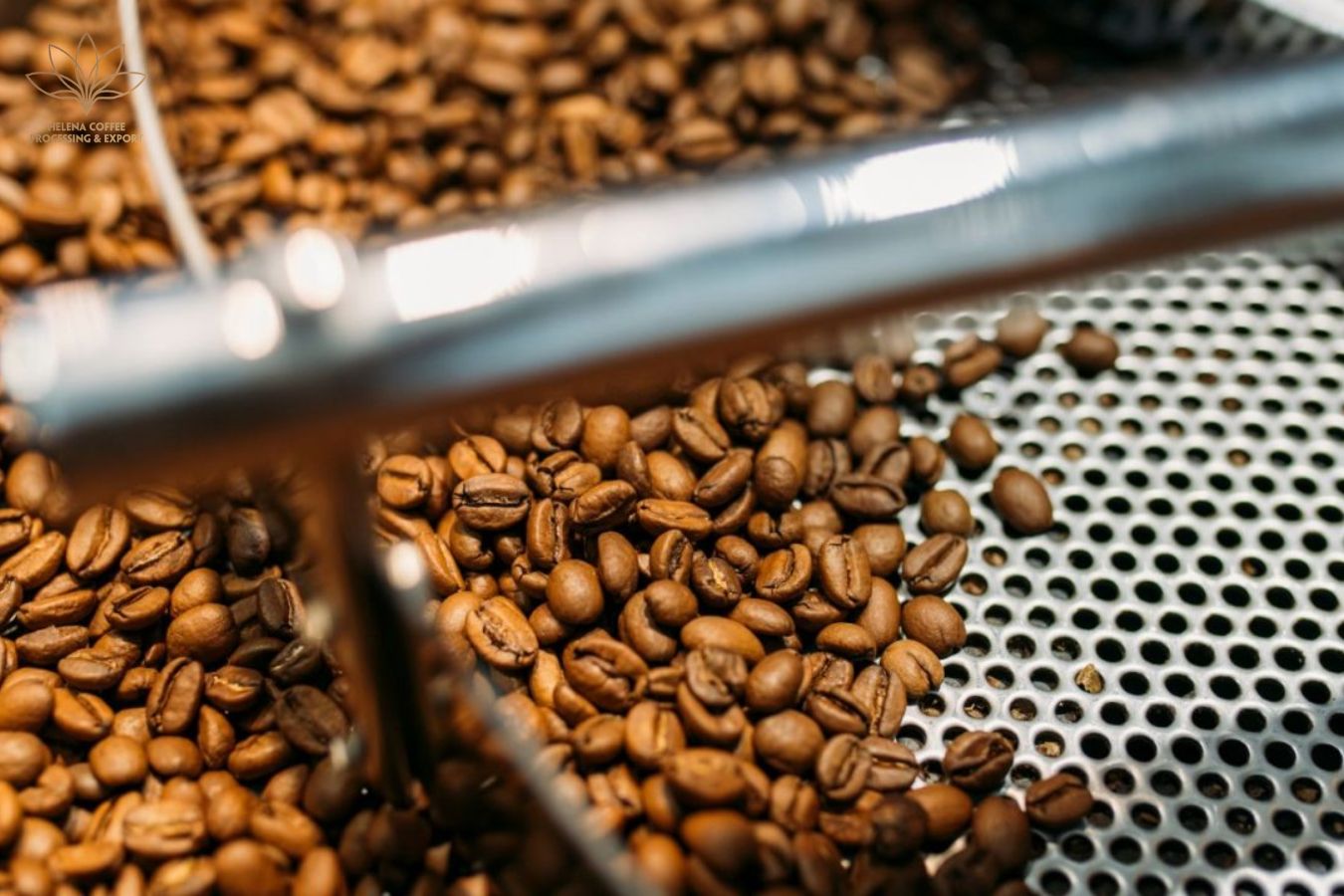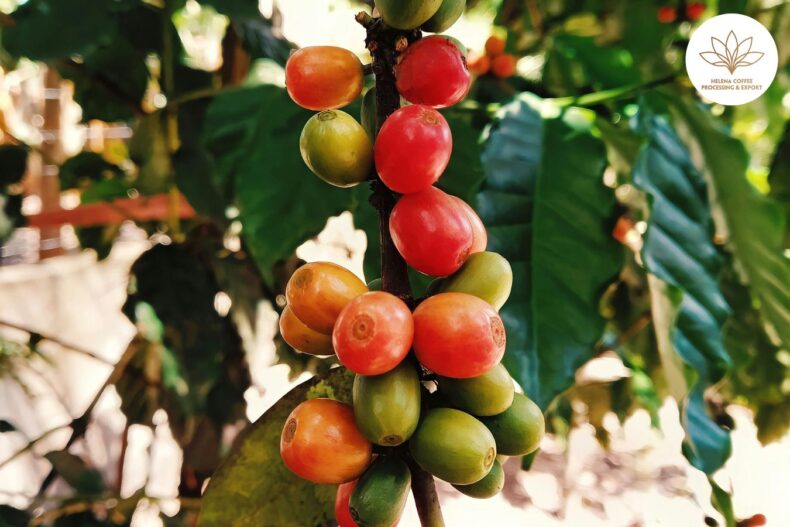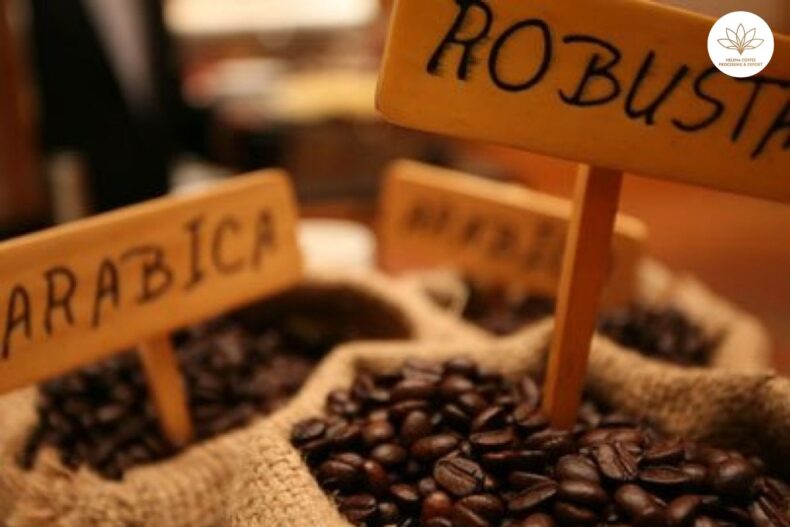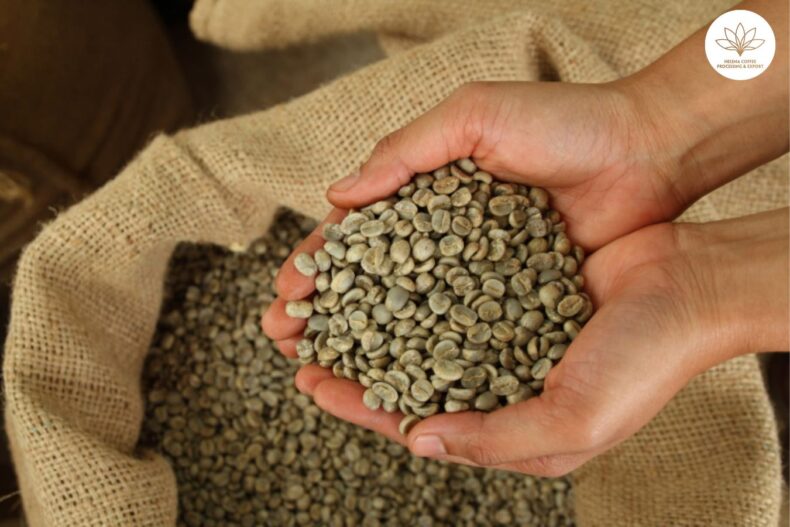
4 Phase Important Coffee Roasting Development: For those of us who aren’t roasters, we’ve always been curious about what exactly happens in a large drum-shaped machine that is effectively heating coffee cherry seeds. Simply specifying a time and temperature, and then letting the machine operate, is all that is required.
Different stages of the roasting procedure itself can significantly alter the coffee’s character and, if carried out incorrectly, even damage the coffee. Continue reading to find out more information about 4 Phase Important Coffee Roasting Development.
Coffee Roasting Process
Coffee roasting is the process of heating the coffee cherry seeds to augment aroma and flavor and ultimately increase solubility. Why do we keep talking about solubility? Because it is the essential element of coffee brewing.
The rate of solubility of compounds in a specific roast is the key to achieving the right extraction through temperature, time and grind size. It is the “unifying theory” of coffee geeks.
Four Phases Important Coffee Roasting Development
Pre-Heating
It is important, to begin with, a hot drum before feeding in the green coffee beans in order to initiate the chemical and physical processes that result in the formation of the necessary fragrances. The size of the machine, the quantity of coffee added, as well as the coffee’s density and wetness, all affect the charging temperature.
Therefore, it’s crucial to measure the beans first. The beginning temperature is often just around 200°C, however, this always depends on the roasting method and the qualities of the desired coffee.
So how can we locate the right circumstance? Although it is much simpler to forecast outcomes when you are familiar with the equipment, the ideal approach is to run a variety of tests, see what occurs, and document it.
Since the roasting phase is also a multimodal experience and demands a lot of focus, one must now “pre-heat” their senses as well.
This is why it is usually preferable to utilize software that keeps track of every action, allowing you to focus just on whatever is taking place within the machine at any particular time. Let the show now begin!
Drying Phase
We can now discuss the drying part of the roasting process since we have a better understanding of what a roaster is. As readers of this site are aware, coffee is sent to us in its unprocessed, raw, green state, which is wet and typically contains between 10 and 12 percent water.
To allow the taste to emerge during the course of the roasting process, the first stage of the roast involves expelling most of this water from the bean. The phase starts when coffee is charged into the roaster (roasters refer to the beginning of a batch as a “charge”) and ends when the coffee has turned from green to yellow at a temperature of around 300 degrees Fahrenheit.
Although the specific chemical processes taking place during the drying phase are not believed to have a significant impact on the flavor of the finished cup of coffee, this does not mean that this phase can be ignored.
Because the heat applied during the drying phase creates momentum for the entire roast, achieving the right velocity through this phase is essential to precise and consistent roasting.
To put it another way, the length and momentum of the drying phase affect the length and momentum of the phases that follow it, which in turn affect the length and momentum of the phases that directly modulate flavor.
A precisely tuned drying phase is a necessary prerequisite for successful caramelization and development, making it an indispensably crucial phase of a given roast.
Caramelization Phase
According to conventional wisdom, the caramelization phase lasts from the time the coffee turns totally yellow (about 300F) until it first cracks (when the water pressure produced by boiling the coffee forces it to break open), which most frequently happens between 385 and 395F.
As a result of their exposure to the high temperatures within the roaster, many of the sugars found in a raw coffee bean are assumed to be broken down or caramelized during this stage of the roast.
The Maillard processes, a class of non-enzymatic browning reactions used in several forms of food processing, are the most significant group of these caramelization reactions.
Although little is known about the reactions that take place during this roasting phase, it is important to manage its duration and occurrence rate in order to achieve efficient roasting. In our roasting, we discover that the body and sweetness of the coffee are most directly correlated with the duration of the caramelization process.
In general, coffee tends to express a lighter body and greater sweetness the faster the caramelization phase is completed; conversely, coffee tends to express a higher body and lower sweetness the slower the phase is completed. Though obviously oversimplified, this is the general approach we take when considering caramelization.
Cooling Process
Phase Coffee Roasting Development, is the final phase. The denouement is the final, dramatic act! Then all of the protagonists are released following the drum roll. The final process, cooling, takes place in the cooling tank, which is located outside the roasting drum.
The coffee beans must be brought to room temperature as soon as possible (4-5 minutes at most) to avoid bitterness and burning odors from the roasting process.
It is preferred to air-cool rather than water-cool a product to protect its quality and shelf life (quenching). The performance finishes here, and a new one that will lead to further metamorphosis starts the beverage in the cup.


